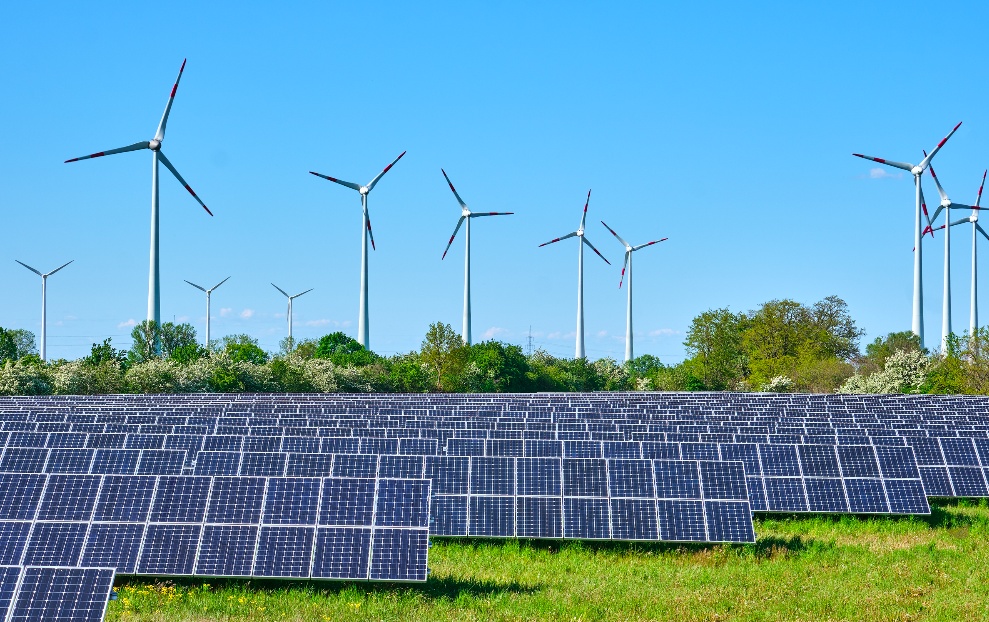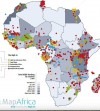The global demand for clean hydrogen is still limited. But the situation could change quickly with regard to the commitments made by more than 140 States in terms of reducing greenhouse gases.
The cost of green hydrogen produced in Africa is expected to drop to between $1.8 and $2.6 per kg from 2030 against $5 to $10 per kg currently thanks to advances in electrolysis technologies and lower fuel prices. renewable energies, underlined the Moroccan think tank Policy Center for the New South in a report published on January 6, 2023.
The report states that the African continent should thus become one of the most competitive sources of green hydrogen in the world, indicating that the cost of producing this carbon-neutral energy on the continent could subsequently fall further to around between 1.2 and 1.6 dollars per kg in 2050.
While green hydrogen is increasingly seen as the most promising green energy resource, Policy Center for the New South notes that Africa can position itself in this market through four hubs: Morocco, Egypt, Mauritania and Southern Africa. These hubs could together produce 50 million tonnes of green hydrogen by 2035.
The report recalls that studies carried out by international firms estimate that Africa could export 20 to 40 million tonnes of green hydrogen per year by 2050 and reserve the 10 to 20 million tonnes to meet the domestic demand of the continent.
But the viability of the production of this energy with zero carbon footprint is today very dependent on the development of world demand, which is still limited: the production of hydrogen amounted to 94 million tonnes in 2021, of which 1 million tons only comes from techniques with low environmental impact.
However, the situation could change rapidly in view of the commitments made by more than 140 States to reduce their carbon footprint. The European Union (EU) plans to increase the share of hydrogen in its energy mix to 14% in 2050.
Business models will depend on technological developments
By 2030, the EU has set a target of 20 million tonnes of green hydrogen which would replace natural gas, coal and oil, to supply industries that are difficult to decarbonise such as steel and chemicals, as well as the transportation sector.
The main African countries that are positioned at a relatively advanced level on the green hydrogen export market are Morocco, Egypt, South Africa, Mauritania and Namibia. Thus, for example, Egypt has concluded several memorandums of understanding with international energy groups for the construction of hydrogen and green ammonia production units intended primarily for export around the port of Aïn Sokhna on the Red Sea and the Suez Canal.
As part of a call for tenders, Namibia has reached an agreement with the operator Hyphen Hydrogen Energy on a project to produce 300,000 tonnes of green hydrogen per year for an investment of 9.4 billion dollars while that Mauritania is positioning itself on large-scale projects, particularly in the desert in the north of the country and the coastal regions of Dakhlet, Nouadhibou and Inchiri with production targets of 1.7 million tonnes of green hydrogen and 10 million tons of green ammonia.
The think tank also believes that Morocco has also positioned itself as a reliable player in the emerging green hydrogen market, thanks in particular to major renewable energy projects, existing or planned interconnections with Europe. , the seawater desalination projects in progress and the signing of several partnership agreements, in particular with Germany, the Netherlands and the EU.
The report however notes that the evolution of smelting technology in the short to medium term will determine the most viable investment programs and business models to be adopted by African states, in order to limit their high exposure to debt and to enable them to generate a return on investment in terms of job creation, economic added value, emergence of national operators in the green hydrogen sector and mastery of technology.





























Réagissez à cet article